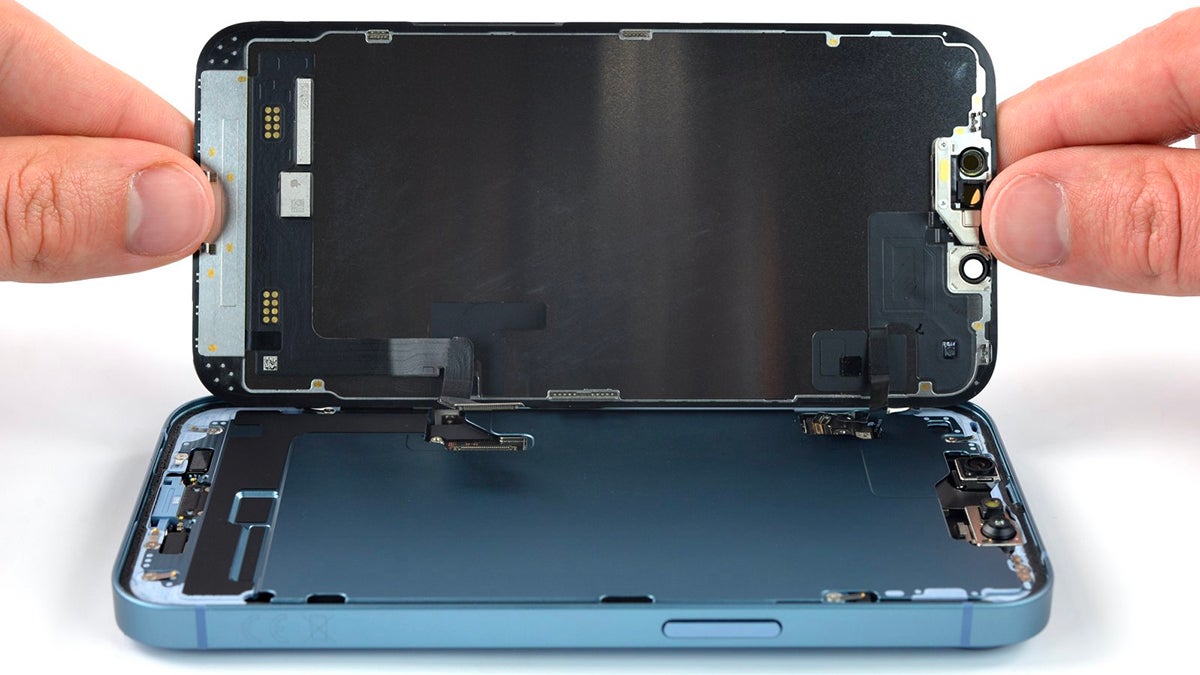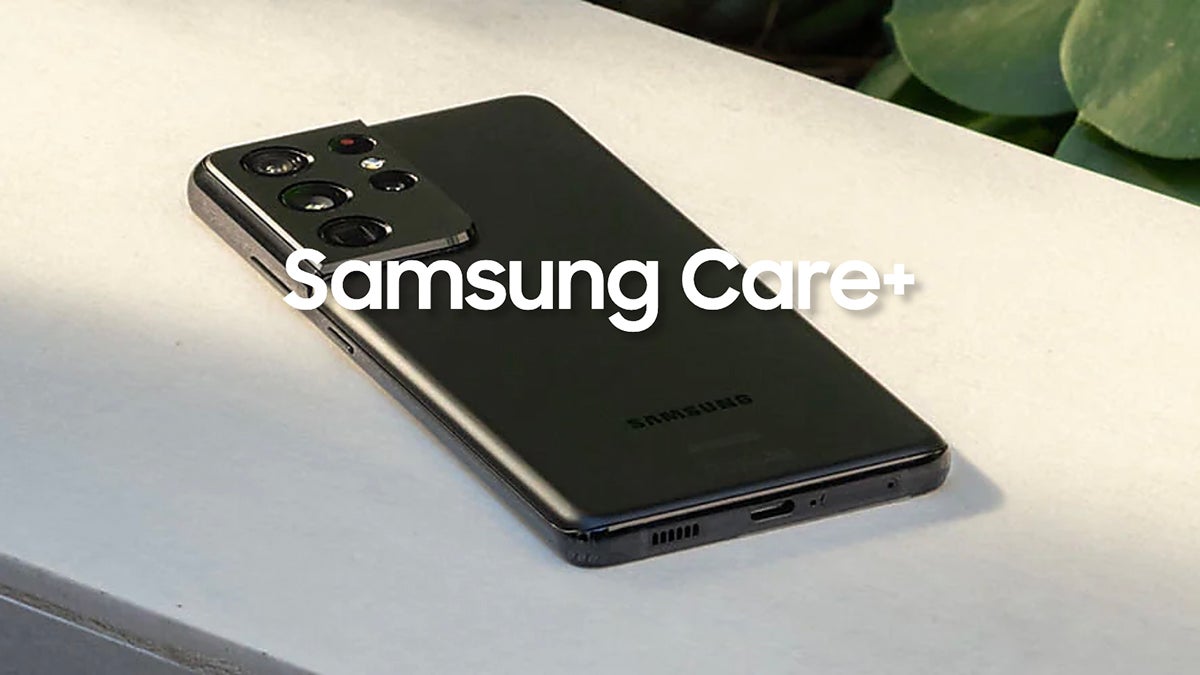When something goes wrong with one of your gadgets, you’re faced with a choice: Fix it yourself, or call in some professional help. With your options for these routes constantly changing (both Apple and Samsung have launched self-repair kits in recent years), we wanted to give you an up-to-date look at what you’ve got to consider when it comes to repairing your gear, and some of the resources that are out there.
Your initial thoughts will probably be around how much money you’re going to have to spend on a repair and how much time you’ll have to wait to get your device back in working order — but there’s plenty more to weigh up besides that on your way to working out whether you’re going to take on this repair job or get someone else to do it.
There’s a third option here, which is to give up on the broken gadget and get yourself a new one — but before you do this, we’d recommend going through the checks we’ve mentioned below. Weigh up the age of the device, what the recycling options are, and how much you’ve got available to spend on something new before giving up on the hardware that needs repairing and replacing it.
Assess the job
First up in your assessment of whether your gadget repair is going to be a do-it-yourself job or outsourced to the professionals is the size and the complexity of the task in front of you. From a shattered laptop screen to a phone that won’t charge, from a console that won’t switch on to a glitchy smart speaker, gadget repairs can vary hugely in how difficult they are, how long they’re going to take, and how much they might cost.
What you should bear in mind is that the level of difficulty involved isn’t necessarily what you think it’s going to be — if you’re dealing with a piece of hardware that you don’t know particularly well, it might be that a job that you think is easy is actually rather tricky, or vice versa. The same goes for the expense involved: Don’t make any assumptions. A quick web search should give you a better idea of what you’re dealing with.

Online guides, forum posts or Reddit threads discussing the problem you’re having are a good start — and if they outline the steps required to perform the repair, even better. If you can’t find anything relating to your problem on the web, you’re most probably dealing with something more obscure that’s going to take a longer time to deal with and perhaps cost you more along the way.
Ultimately, you need to make an estimate of the time any repair is going to take, and what sort of budget you’re going to need. If you’re not sure what the exact problem is, factor in the delays that there might be in finding out. You’ll also need to bear in mind the time required to source and buy any replacement parts required, and how much those parts are currently selling for.
Assess your skills
Once you know a bit more about what you’re dealing with, you can figure out if this actually is something you’re going to be able to fix yourself. Some of us are better at tinkering around with electronics than others, and some of us are more patient with small tools and delicate materials than others too. If you’ve got experience with gadget repair, then obviously this will make you more confident in doing the job on your own — bearing in mind that there’s always a risk that you’re going to make the problem worse.
Your preferred search engine of choice and YouTube are your friends when it comes to determining what sort of repair skills are likely to be involved. It doesn’t take too much digging to turn up videos on replacing a Galaxy S22 screen, replacing a PlayStation 5 power supply, or replacing a key on a MacBook Pro keyboard. You’ll typically get a list of tools required and costs involved as well, giving you a much better idea of whether or not this is a project for you. The comprehensiveness of the instructions you can find might also persuade you one way or the other as to whether to attempt a self-repair.

The smaller your gadget, the more difficult the repair is likely to be. The self-repair experts at iFixit very helpfully provide repairability scores for a whole host of gadgets, including phones, tablets, and laptops — this is all useful information for your calculations. For some repairs, you’ll see lists of tools you’re going to need and how much time a repair should take, which should give you a better idea of whether or not this is something you want to try taking on yourself.
Remember that not all problems are hardware ones — while a software reset isn’t going to repair a cracked screen or a faulty hard drive, you might be surprised at the issues that it can clear up. If you’re dealing with glitches that could possibly be software related, make sure you’ve got a backup of everything and then run a full factory reset on your misbehaving device. Full instructions will be available online: For Chromebooks, iPhones, Xboxes and television sets, for example.
Assess the options
After assessing how likely you are to want to take on repair duties, you need to know how the alternative option compares — how much time a professional repair will take and what the price is going to be. Check if your device is still under warranty, and if it is, whether or not the problem is covered by it. It might be that you can get the problem resolved quickly and for free, but if not, you’re going to have to consider other possibilities.
As we mentioned at the start, some manufacturers now offer self-repair kits. Apple will send you the tools and the instructions you need for certain device repairs, for example. See what support options are available direct from the company that made your gadget, and what conditions are attached. Meanwhile if you’ve signed up for insurance and extra cover plans, this will also be a factor: Samsung Care Plus, for example, offers unlimited repairs and starts at $US8 ($11) a month.

If you’re not covered by a warranty or a protection plan, you can check out national and local repair options — Best Buy will fix your phone for you for instance, with prices for jobs listed on its site (an iPhone 14 Pro Max camera repair is going to set you back $US219 ($304)). Besides getting a quote for the job, look into details such as how long the repair work is guaranteed for in the future, what the reputation of the repair company is, and their prior experience in the particular repair you need.
Always get a quote up front, before you commit, on both the cost and the turnaround time — you can then properly weigh up whether it’s worth saving yourself some cash and attempting a fix yourself, or putting it in someone else’s hands. It’s not just about the money though: Doing your own repairs can be educational, and even enjoyable, if you’re keen to learn more about your hardware and how it’s put together.
Just don’t be the person who pays the Geek Squad $40 to slot your new RAM into your PC for you.
